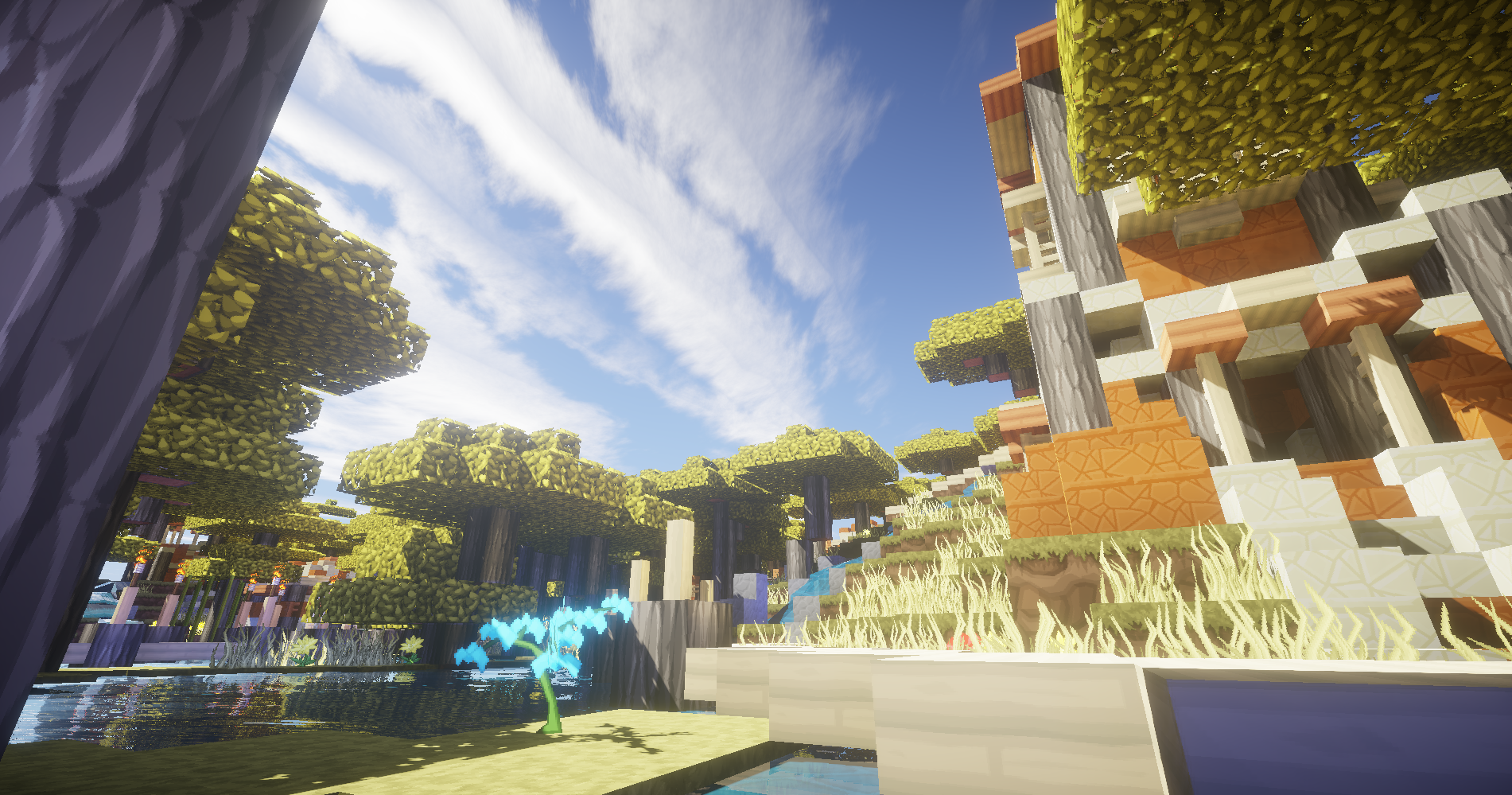Difference between revisions of "Sutica (Vailor)"
(created page from history given, not enough information to fill nation template) |
m (added artwork) |
||
| Line 59: | Line 59: | ||
Advisors act as trusted councilors to the ruler of Sutica, possessing no powers or authority unless otherwise specified. Vassal groups of Sutica may reserve the right to have one delegate amongst themselves sit upon the Advisor’s Council, for fair representation | Advisors act as trusted councilors to the ruler of Sutica, possessing no powers or authority unless otherwise specified. Vassal groups of Sutica may reserve the right to have one delegate amongst themselves sit upon the Advisor’s Council, for fair representation | ||
| + | |||
| + | ===Artwork=== | ||
| + | [[File:Sutica.png]] | ||
| + | [[File:Suticonie.jpg]] | ||
Revision as of 21:59, 6 July 2016
Sutica is a nation of Vailor formed from the remnants of the shattered city-state of Salvus following the Salvian revolutions ending in 1520.
Contents
Sutican Histories
Pre-Sutica
The first citizens of Sutica came from Salvus during the Salvian revolutions that ended the days of the Salvian republic in 1520.
Before the citizens of Sutica founded their village they sought refuge in the Dwarven capital where they stayed for a year's worth of time, building alliances and ties which they would carry to their new home.
They arrived in the Caliphate in 1521 and bought a fertile patch of ground adjacent to an oasis for the modest sum of 10,000 minas, following which the village of Sutica was formed.
The First Trade Prince
The Village of Sutica was ruled by the First Trade Prince of Sutica who was elected into power by the name of Silv’ar Vanguard.
Silv’ar Vanguard founded several institutions in Sutica such as the Architecture Guild and the Sutican Defense Force, the de facto guard force of the village.
Silv’ar Vanguard was only Trade Prince for two years after which he stepped down and his only known living relative David Enrique became the next Trade Prince
The Second Trade Prince
David Enrique reigned as Trade Prince for eight years, such years notorious for their inactivity; little action or progress spurred within or around the village, causing economic and cultural stagnation.
The crisis arisen from the stagnant village spurred the remaining villagers to move, migrating to the newfound city of Sutica, where the population rose and a Golden Age of architecture dawned upon the people, from which they originated the Sutican style of building, the first emergence of the architectural style in history.
The Third Trade Princess
Trade Princess Lilyana was crowned when her late husband fled the town following the crazed riotings of displeased locals in 1531.
She quickly commissioned the construction of a great city for the Suticans. The massive city of Sutica was constructed efficiently for the purpose of bringing in vast sums of wealth and people from across the realm, allowing the city to experience a flood of gold and knowledge from the various peoples of Vailor.
Shortly into the Third Princess's reign the Caliphate, without presenting any warning to the Suticans fell under the Mercenary Company of Hallowvale and became a state in Vandoria. No longer was Sutica a vassal of the Caliphate but now a state of Vandoria.
This massive increase in population and wealth earned the attention and favor of their Overlord. Sutica at this point was a state in the realm of Vandoria. Vandoria was in general quite welcoming and kind to Sutica for a long time.
Following the formation of Vandergaun and the war period where Sutica faced mounting hatred from both sides of the war, pacifistic and isolationist ideals began sweeping across the people of Sutica, forcing them in the end to back out of all relations with both the Caliphate and Vanderguan.
The Isles of Sutica
Suticans sailed off from Vandoria due to the political tensions and the general instability of the nation. This led them to the isles where the founded yet another new city of Sutica in the year 1544.
Construction was slow but steady and soon after completion of the city it began to once again fill with citizens.
In the year 1558 the Mounsidant people sought land and protection under the Isles and were granted land and vassalage.
In the year 1561 Celein, due to mounting political pressure and a possible war sought the protection of Sutica and became a vassal under them.
Culture
While Suticans are generally considered very rich they are also very charitable. Houses are free and there are no taxes in the city. Suticans enjoy a calm and peaceful life, stemming from their pacifistic stance taken in previous conflicts. They are very accepting people and are generally considered one of the most liberal of nations due to their lackadaisical stance regarding people's personal lives, leading to Sutican's calling the Sutican way the, "do whatever you'd like" way.
Government
Sutica operates as an absolute, dynastic monarchy; the right to rule, monitered as The Trade Princess of Sutica/The Trade Prince of Sutica, being passed matrilineally to the first-born legitimate heir, unless succession is otherwise dictated.
Ministers act as agents of the state, entrusted with authority by the ruler of Sutica and granted the power to head the relevant ministry. The ruler of Sutica chooses all positions, and decides whether a lifetime appointment or a term to be served is in order. One person may hold multiple positions, if deemed fit by the ruler of Sutica.
Advisors act as trusted councilors to the ruler of Sutica, possessing no powers or authority unless otherwise specified. Vassal groups of Sutica may reserve the right to have one delegate amongst themselves sit upon the Advisor’s Council, for fair representation
